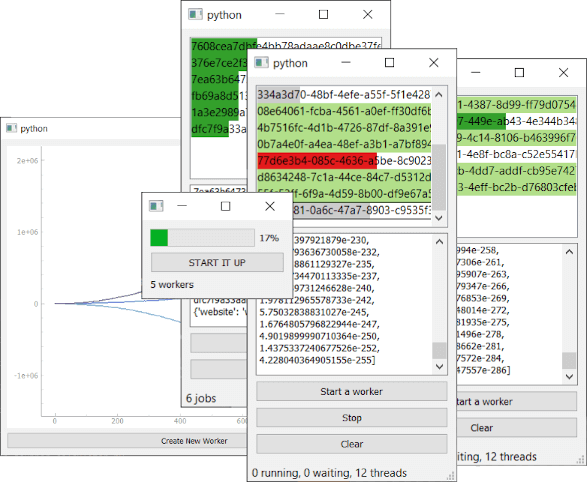PlanetPython
1M
221

Image Credit: PlanetPython
Python GUIs: Multithreading PySide6 applications with QThreadPool ��� Run background tasks concurrently without impacting your UI
- A common issue in Python GUI applications is interface 'locking up' during long-running tasks, which can be solved using concurrent execution in PySide6.
- PySide6 apps are event-driven, with the GUI thread handling window communication; running tasks synchronously in this thread can freeze the GUI.
- Moving long-running tasks to another thread is essential to prevent unresponsiveness; PySide6 provides a simple interface for this.
- Preparation involves setting up a stub app to demonstrate multithreading; using events to maintain GUI responsiveness during tasks is impractical.
- Utilizing threads and processes in PySide6 allows concurrent execution; threads share memory space, while processes have separate memory space and interpreter.
- QRunnable and QThreadPool in PySide6 provide an efficient way to run tasks in other threads, with QThreadPool handling queuing and execution of workers.
- Improving QRunnable involves passing custom data into the runner function using __init__(), allowing access to data within the run() slot.
- Workers can utilize signals and slots for thread input/output, enabling safe communication from running threads to the GUI thread.
- Considerations in multithreading include passing large data back through the GUI thread and potential limitations of the Python GIL.
- Using pure Python thread pools like concurrent futures can isolate processing and thread-event handling from the GUI for improved performance.
Read Full Article
13 Likes
For uninterrupted reading, download the app